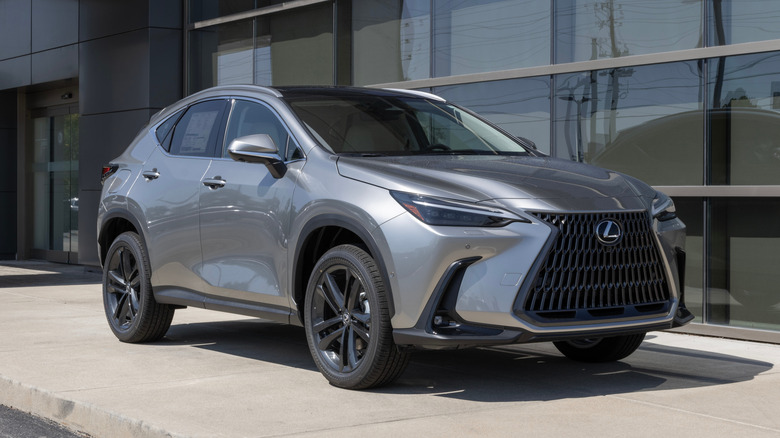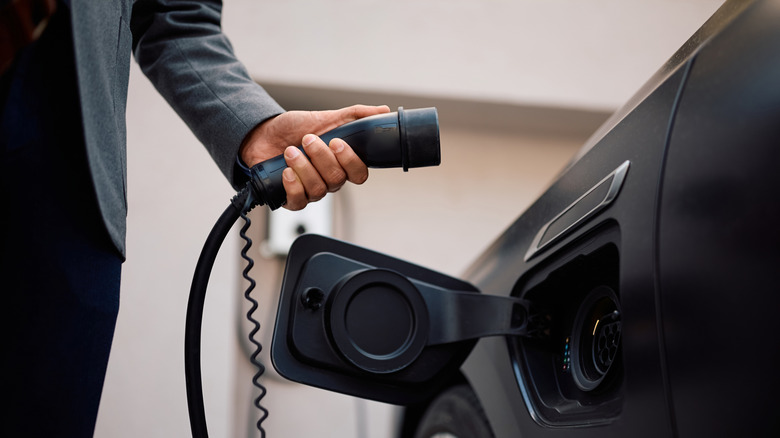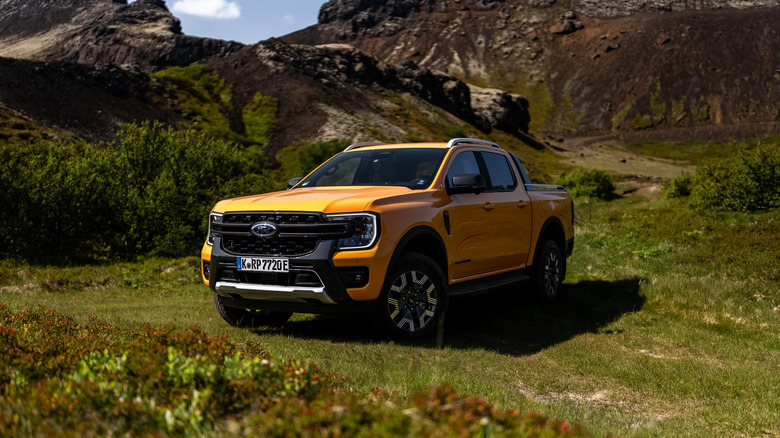What Happens If You Don't Plug In A Hybrid Car?
If you're trying to maximize fuel economy, investing in a hybrid car is one of the best choices you can make. Leaning on electric motors and features like regenerative braking to run the show, hybrids consume far less fuel than traditional gas-powered vehicles, leading to less greenhouse gas emissions. We also have plug-in hybrid vehicles (PHEV) on the market now, which have a lot of potential buyers asking the same question: What happens if you never plug in your PHEV car for a charge? The long and short answer: absolutely nothing.
This is because PHEV vehicles are engineered to act like a regular hybrid when there's no battery power left. Instead of relying on your vehicle's battery, a PHEV will simply switch over to its gas-powered engine to keep your car cruising. Most hybrids are actually equipped with cutting-edge energy management systems that know when to switch between electricity and gas, and when to combine them, too. Regenerative braking also works wonders to recapture lost vehicle energy.
The main drawback of not plugging in is fuel efficiency
Here's another power fact to chew on for PHEVs: the onboard battery is much smaller than the cell you'd find on a dedicated EV. There's simply no need to include a larger battery pack, because the vehicle will automatically switch over to the engine when the battery starts depleting below a certain level. Still, there must be some kind of negative impact for not charging up a vehicle that was designed to be plugged in, right? The answer is yes, but only if we're exclusively speaking in terms of fuel economy.
When you regularly plug in a PHEV vehicle, the car or truck can operate in "EV-only" mode for 20 to 50 miles or so. That's pure vacation time for your car's internal combustion engine, which translates to shelling out less cash at the gas station. Think of it this way: If you never charge your PHEV vehicle, it'll be no different than driving a regular hybrid, but still better than a gas-only model.
How to get the best performance out of your hybrid vehicle
If adding an extra 20 to 50 miles of range to your daily driving habits is something you couldn't care less about, you won't be penalized for not plugging in a PHEV. And if you haven't purchased or leased a new car or truck yet, we'd recommend looking at traditional hybrids instead. You'll likely pay less upfront, and will have less maintenance and potential repairs to contend with over time. That said, PHEVs or even traditional electric vehicles are cheaper to drive in the long run.
There are also a few things you can do while actively driving to improve a PHEV or hybrid vehicle's fuel efficiency. For starters, you can reserve EV power for shorter drives or city commutes. It's also a good idea to focus on driving as smoothly as possible, so you can use regenerative braking to add power back to the battery when it's time to slow down. Properly-inflated tires will prevent your PHEV or hybrid from overworking, too.


